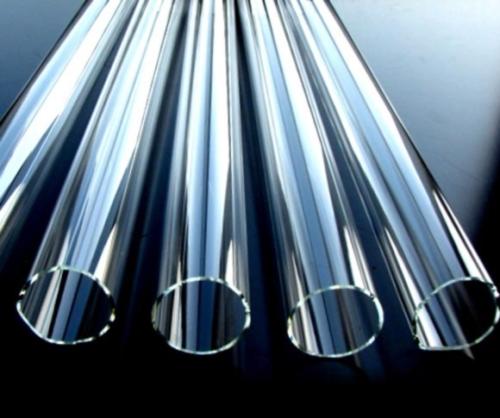
According to the properties of the introduced oxides, they are divided into acid oxides, alkali oxides and alkaline earth oxides.
(1) Acidic oxide raw materials: SiO 2, B2O 3, Al2O3 and other raw materials. SiO 2 is the skeleton of glass structure in silicate glass. It gives glass high strength, good chemical stability, heat resistance and low expansion, but it will increase the melting temperature and viscosity of glass. Silica sand, sandstone and quartzite are the raw materials for SiO 2. The addition of B2O 3 in glass can reduce the thermal expansion of glass, improve the refractive index, heat resistance and chemical corrosion resistance, reduce the viscosity of glass at higher temperature, and increase the viscosity of glass at lower temperature. The reference material of B2O3 is borax or boric acid. The addition of Al2O3 in glass can reduce the crystallization tendency and enhance the chemical stability, increase the strength and increase the glass viscosity. Feldspar with K2O or Na2O and SiO2 is usually used as raw materials, and industrial alumina can also be used. Cangzhou Tianchang Craft Glass Products Factory specializes in producing various types of high borosilicate glass tubes
(2) Alkali metal oxide raw materials: Na2O, K2O raw materials. The addition of Na2O and K2O in glass can reduce melting temperature and viscosity, but make the chemical stability of glass worse. The reference materials are soda ash (Na2CO3) and potassium alkali (K2CO3).
(3) Alkaline earth metal oxide raw materials: CaO, MgO, BaO, ZnO, PbO raw materials. The addition of CaO and MgO in glass can weaken the crystallization tendency of sodium silicate glass and enhance its chemical stability. At high temperature, it can reduce the glass viscosity and promote the melting and clarification of glass. However, when the temperature decreases, the viscosity increases rapidly and the forming operation is difficult. The raw materials used are limestone (CaCO3) and magnesite (MgCO3), or dolomite containing both CaO and MgO. BaO and ZnO are often added to glass to regulate its chemical stability and refractive index. Industrial ZnO and BaCO3, BaSO4 or Ba(NO3)2 are often used as raw materials. The addition of PbO in glass can significantly improve the refractive index and dispersion, make the glass absorb short-wavelength radiation, at the same time, the specific gravity increases, the melting temperature decreases, and the wettability with metal is good. The raw materials of lead oxide are red and yellow red or industrial lead nitrate.
In addition, broken glass is also a major raw material, often known as clinker, which can melt at lower temperatures, and help to melt glass batches.